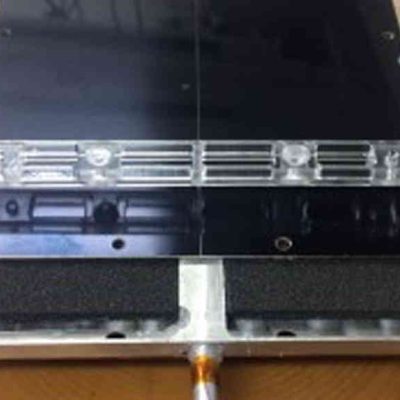Researchers at the Massachusetts Institute of Technology (MIT) have developed a new prototype for solar desalination that offers improved water efficiency and additional uses. Traditional desalination plants have numerous drawbacks, including the accumulation of salt deposits that reduce efficiency over time. The MIT team has solved this problem by creating a multi-layered solar evaporator that allows seawater to evaporate without coming into direct contact with the sun-absorbing materials. The researchers have also added a special emitter to the bottom of the absorber that emits infrared radiation at higher temperatures, which is then absorbed by the circulating saltwater. The resulting water vapor is condensed into salt-free drinking water through small openings.
In initial tests, the prototype was able to heat up to over 100 degrees Celsius, allowing the seawater to evaporate as expected and the resulting water vapor to reach a temperature of 133 degrees Celsius. The researchers estimate that the efficiency of the prototype is around 25%, meaning that a one-square-meter module could produce approximately 2.5 liters of drinking water per day with six kilowatt-hours of solar radiation. The new design also offers the potential for higher steam temperatures that could be used for cooking, washing, or sterilizing medical instruments.
The MIT team’s new prototype offers a contactless design that avoids the problem of salt deposits on the absorber material, improving efficiency and reducing maintenance requirements. The researchers plan to continue improving the efficiency of the solar desalination plant in future tests.







